Everything was going so well… And then one morning, your car refuses to start! When a vehicle gets stuck somewhere, the whole system goes off the rails. Each part is capricious, and none will make an effort to start as they are all interrelated to each other.
However, some failures are easy to identify, and if you can spot the right cause, you can inform your mechanic about it. It will facilitate a quicker diagnostic of the issue and this way, and you won’t need to leave your car at the garage as he/she will know from where to start from quickly. You may almost leave as if nothing had happened; else you may DIY.
Here are 5 points to check before calling the tow truck.
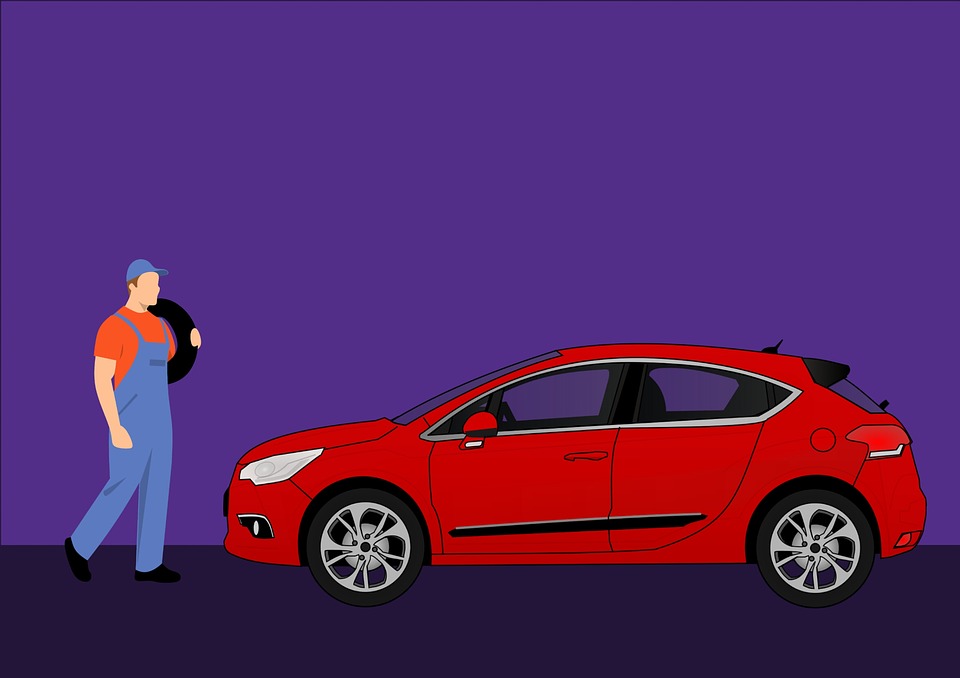
1. A discharged battery?
The headlights were on all night, or you forget the key in the ignition, etc., these conditions can prevent a vehicle from operating. Here, the battery is indeed discharged and therefore, unable to provide the energy necessary to start the car. Sometimes it is the used battery that needs to be replaced.
But how do you ensure that the battery is the cause of the failure? Just check these 2 elements:
– if the headlight illumination is low;
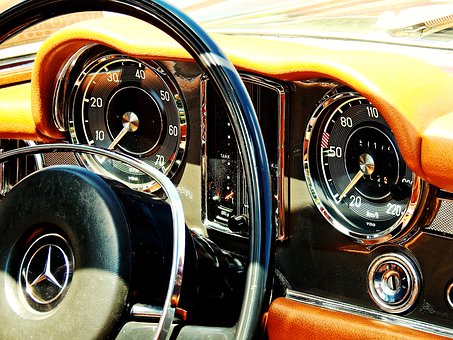
– if some of the lights on the dashboard come on (for example, test the car radio).
Two scenarios appear when you try to start the engine:
– if the engine is running normally, the battery is good;
– if the engine and all lights on the dashboard are hesitating, the battery is low. It needs to be recharged.
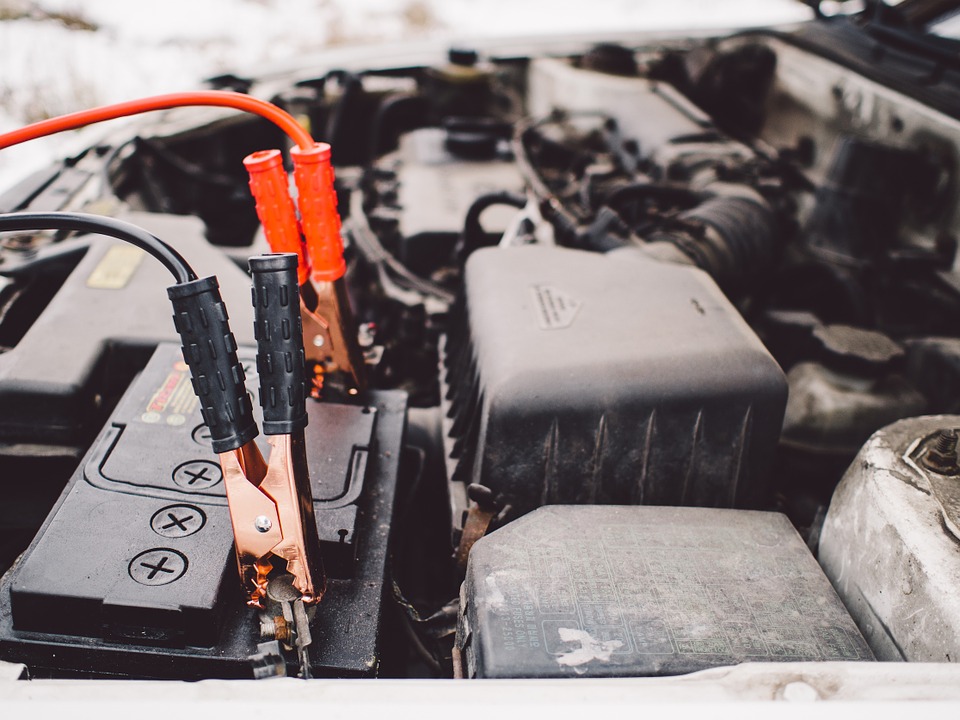
Good to know: having jumper cables in your car is a wise precaution. For $15, they can save you a breakdown service and towing that would cost you…. 10 times more expensive!
2. Oxidized battery terminals
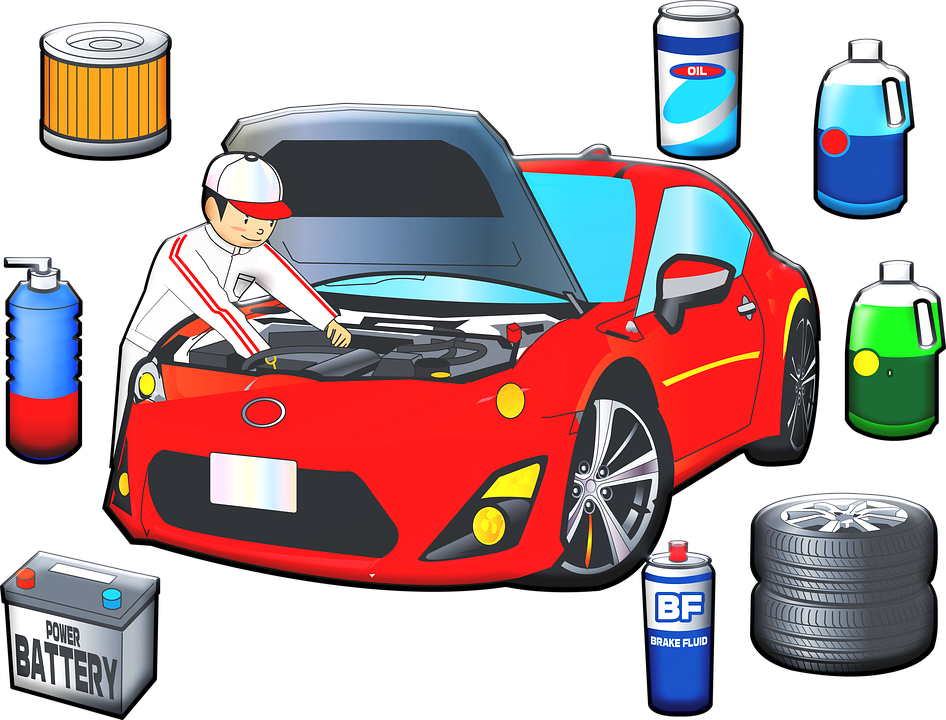
Oxidation, due to humidity and temperature changes, usually land on the battery terminals, and prevent the flow of current. If nothing, or almost nothing, is heard when you turn the ignition key, but your battery is charged, the problem will be with the two dirty terminals of the battery.
Usually, they are of a metallic grey colour. If this is not the case, here is the procedure to follow to remedy the situation:
– scratch them with a wire brush or sandpaper;
– place a small amount of thick grease on it.
Good to know: it is possible to start the engine in the event of electrical failure on a gasoline-powered car with a manual gearbox. Get help from a few people to push the vehicle. Stay on neutral and once you reach 20 km/h, shift into second gear and gently release the clutch: the car should start.
Caution: at the time the engine is not running, the car has no brakes, except for the hand brake.
3. You have a bad starter
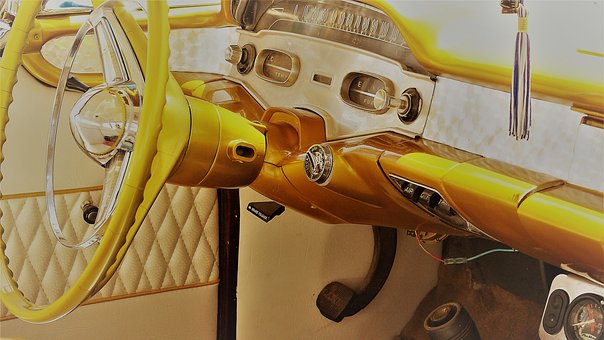
A starter is a small electric motor used to start the engine. The starter may show signs of fatigue at the first contact. But, to avoid costly troubleshooting, it can be boosted for extended life. First of all, consult your vehicle’s operating instructions to locate the starter.
Two techniques are available to you:
– Hit the front (sharp part) of the starter a few times. It will loosen the coals and thus allow power to flow through.
– Push the vehicle down and start the engine by shifting into second gear. The engine starts to run wild and eventually starts.
Note: coals are graphite components (the material used to make pencil leads). They ensure the passage of electricity between the fixed and moving parts of your starter. And, like pencil leads, they wear out! So, you can either fix the started yourself or look for a professional mechanic.
4. Is the immobilizer properly deactivated?
An electronic device designed to prevent vehicle theft, an immobilizer comes in several forms. Usually, the starter should operate when you turn the key. However, the engine may refuse to start. Here are the different types of immobilizers and common problems:
– With a 4-digit code: do not mistype the code more than three times because, following three unsuccessful attempts, the vehicle locks up for half an hour.
– With a transponder in the remote control: check the battery status and replace it if necessary.
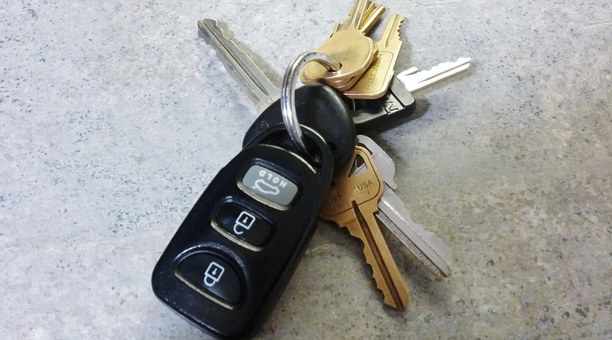
– With a pulse from the remote control: press the door open button on the remote control and start (sometimes the car does not recognize the remote control the first time).
Note: the widespread use of the immobilizer system has significantly reduced the number of thefts. Hence, do not try to deactivate that function.
5. Drowned engine?
It is cold, and you have tried to start your gas car by pumping several times on the accelerator pedal. The engine is not running, but there is a strong smell of gasoline. Two solutions are available to you:
– Wait about 20 minutes for the natural evaporation of excess gasoline in the engine.
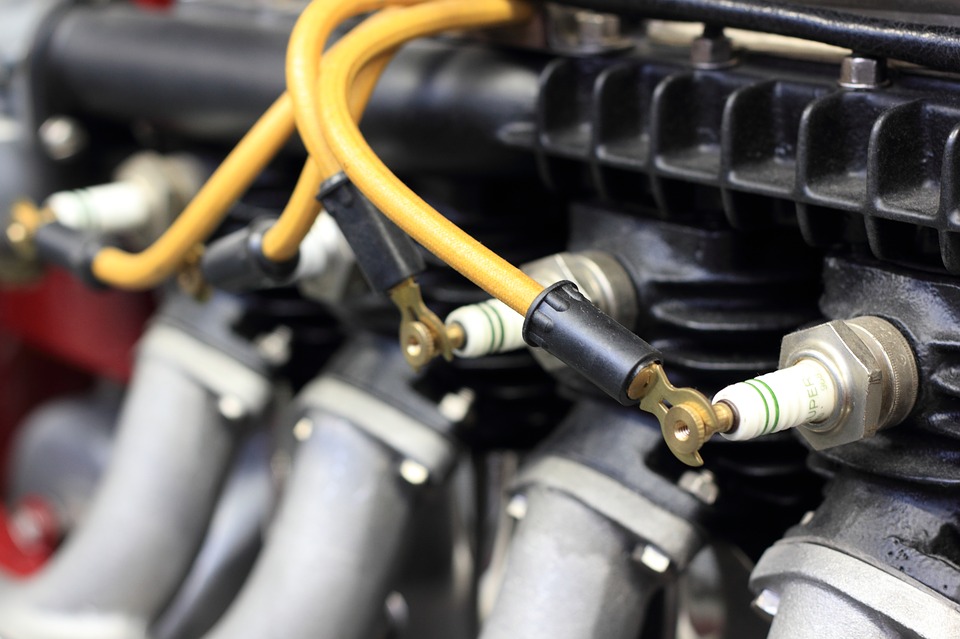
– If you have a spark plug wrench on hand, remove the spark plugs and place the flame of a lighter close to the electrode to burn the gasoline.
Good to know: this tip only applies to vehicles running on petrol, since diesel vehicles do not have spark plugs.
For more information and tips, do not forget to share your experience in the comment section below.




